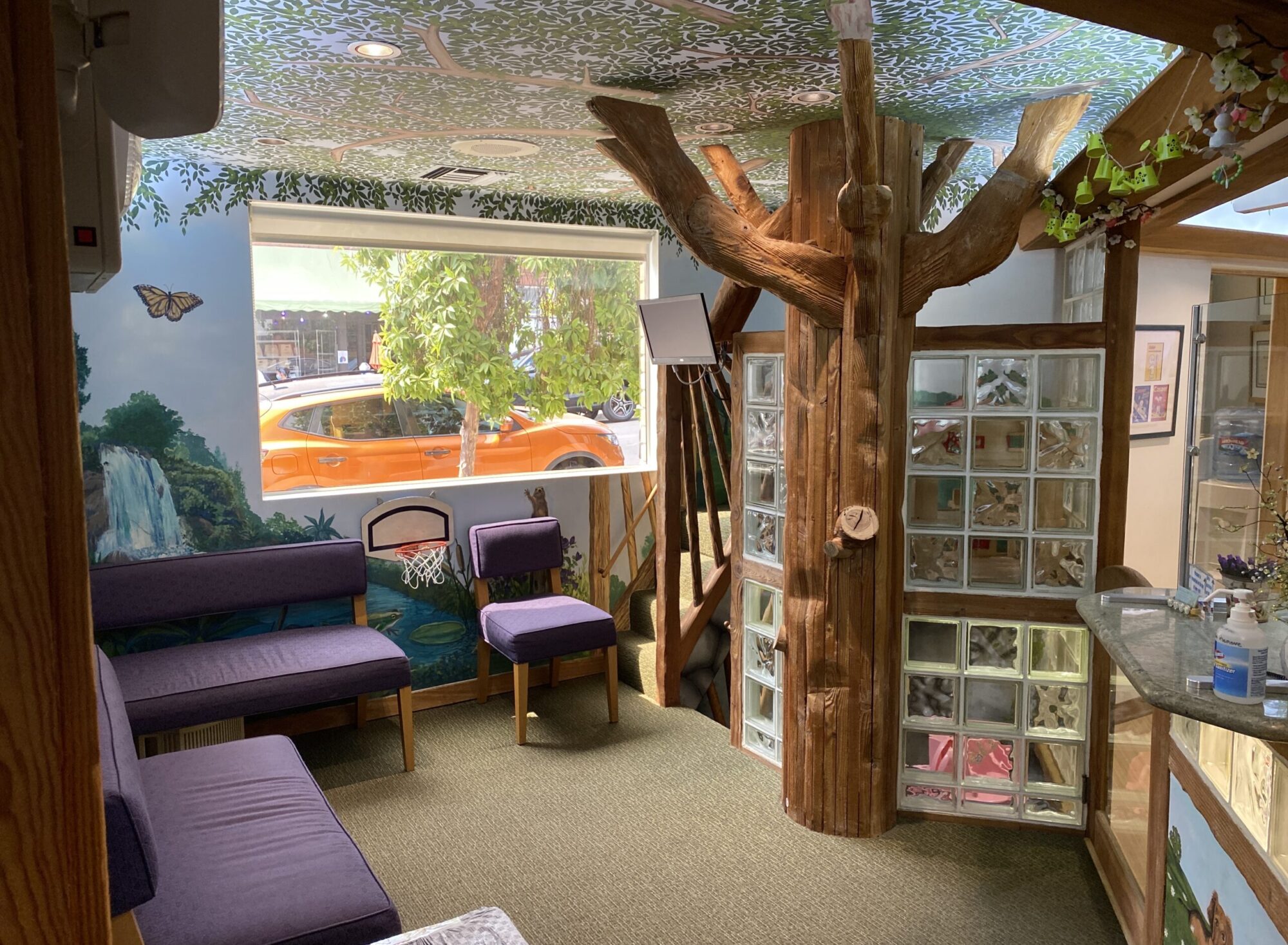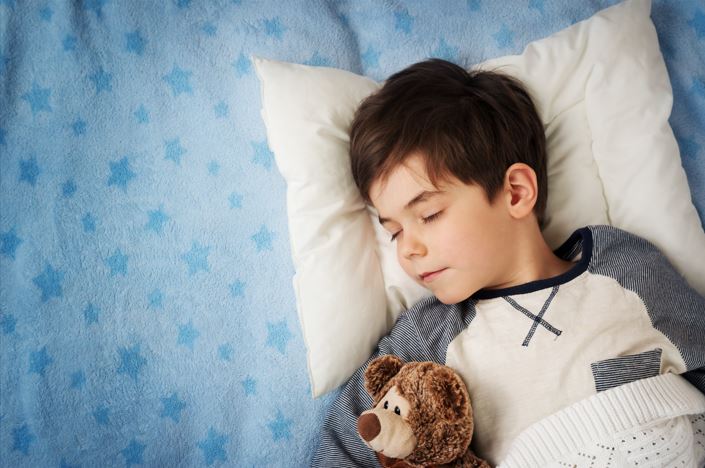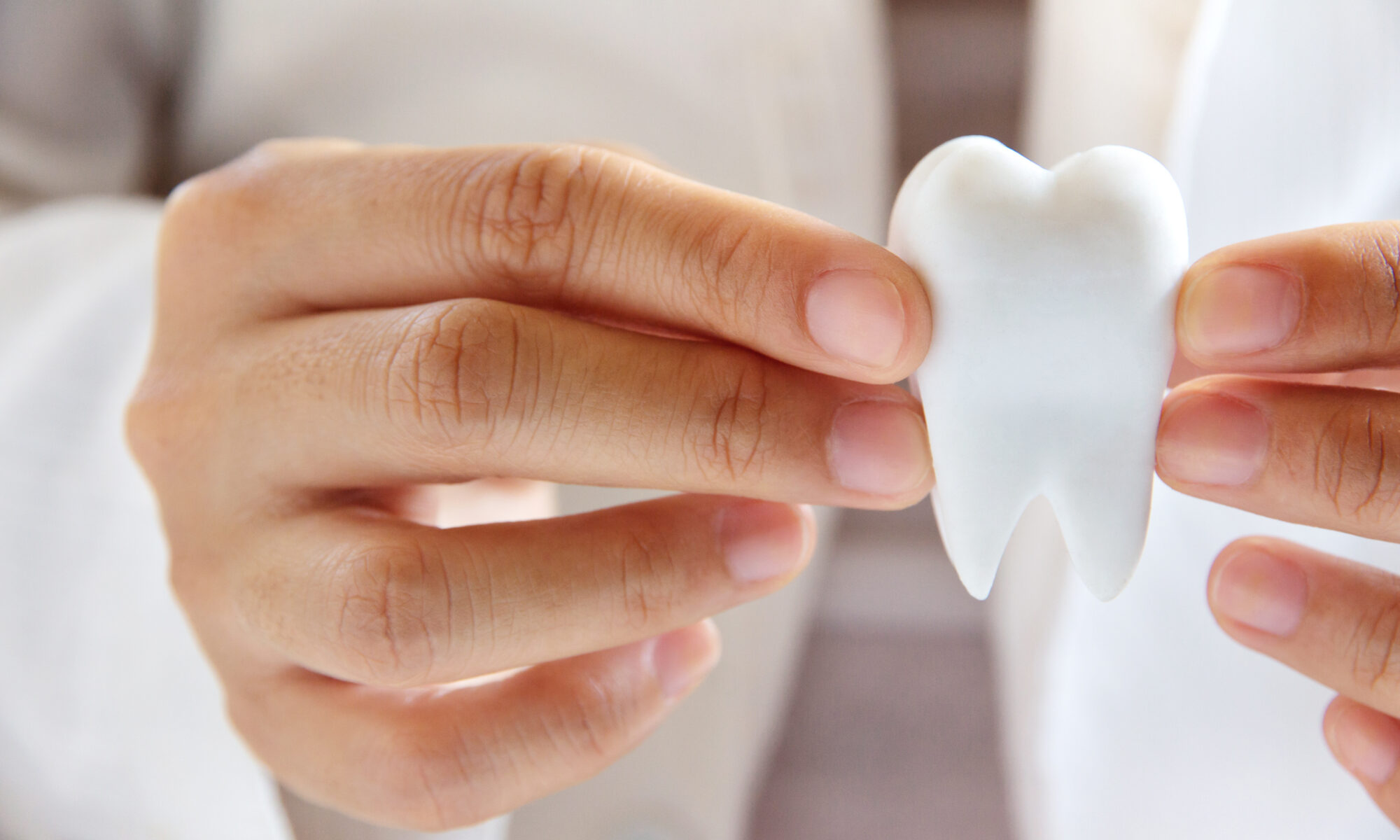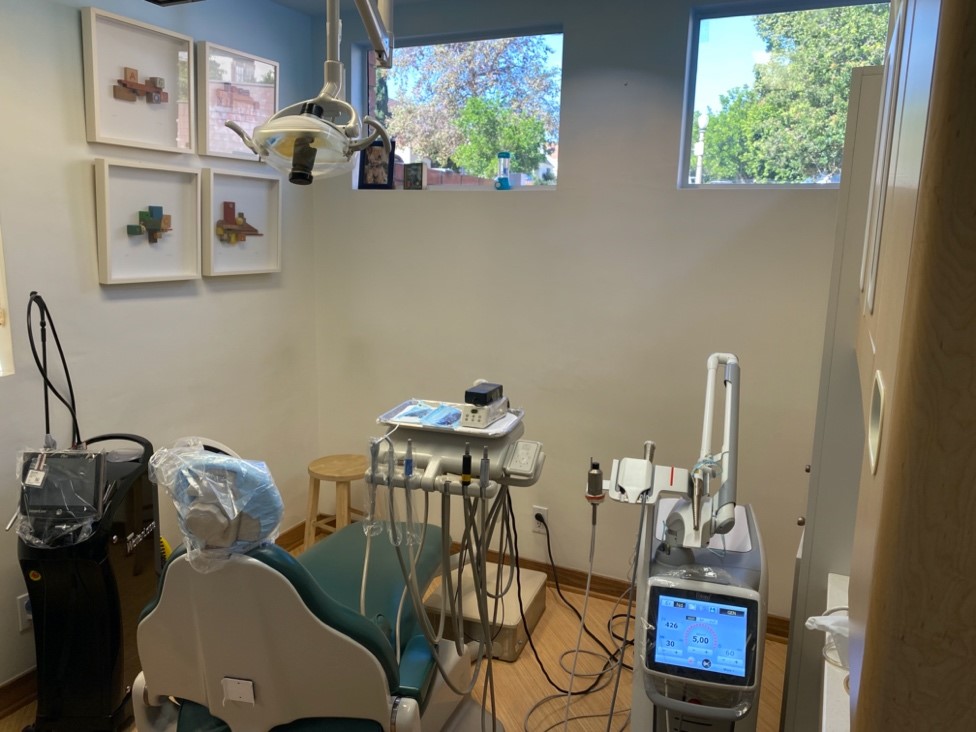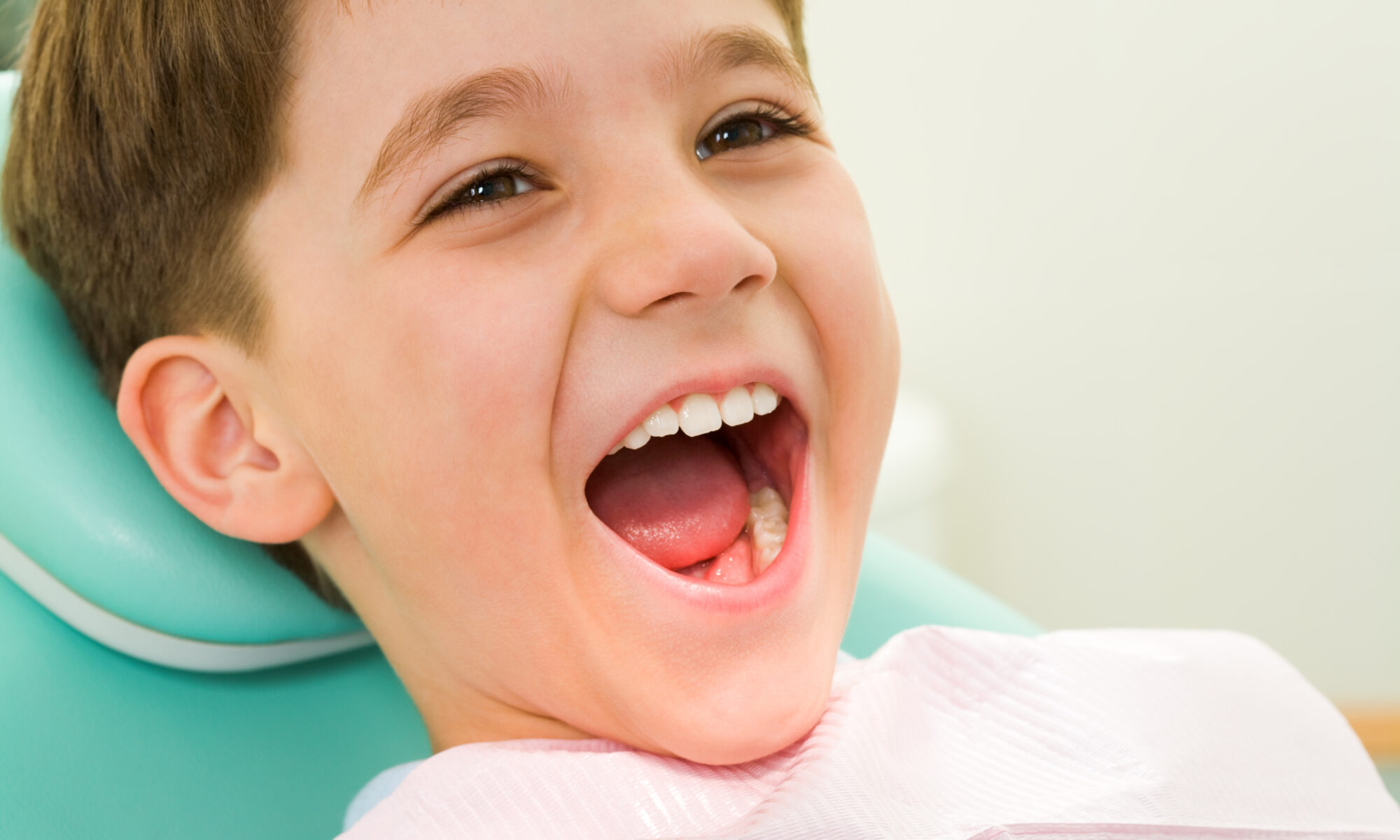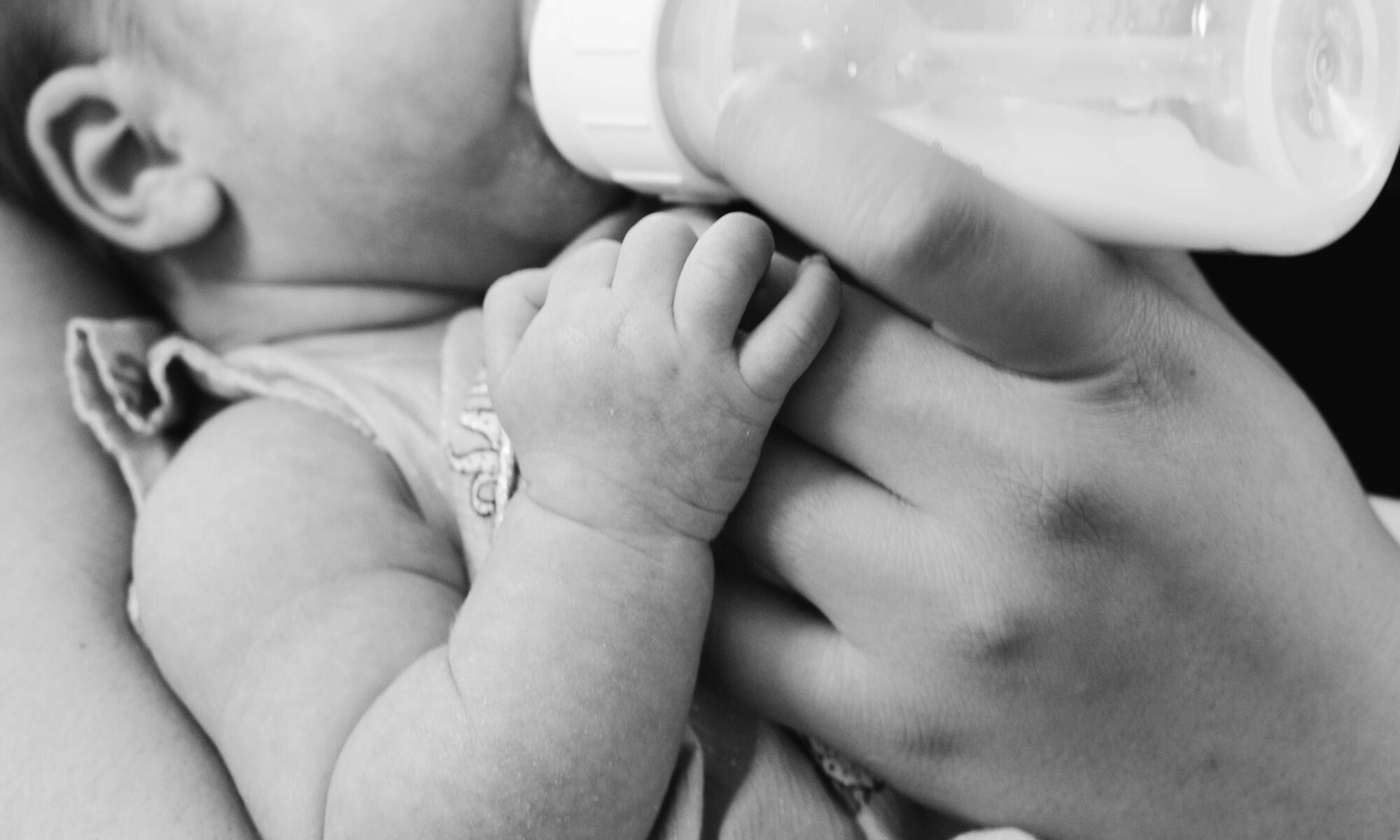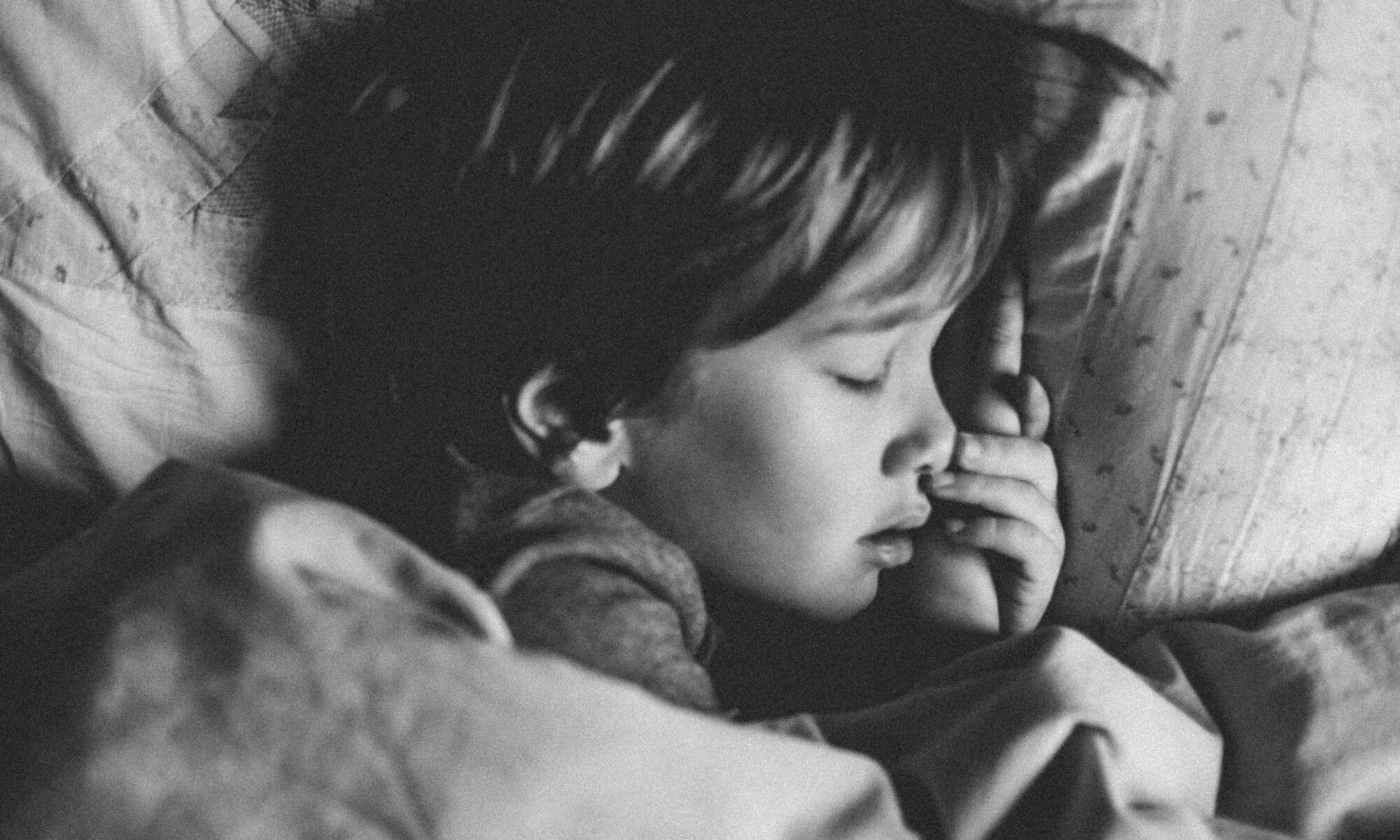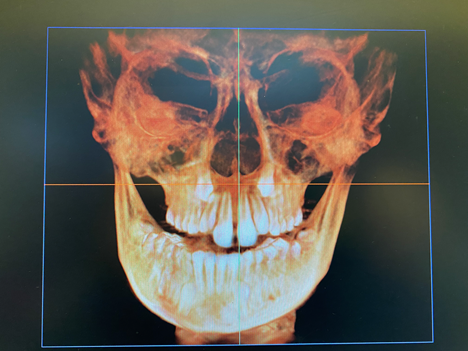When thinking about the topic of sleep disorders, most people think about obstructive sleep apnea (OSA), a chronic condition characterized by the collapse of the upper airway during sleep, which afflicts approximately 3% to 7% of adults1 and 1% to 5% of children2 However, obstructive sleep apnea is just one specific type of sleep disorder. While people look for a single cause or a definitive diagnosis, sleep disorders typically arise from a combination of physiological and anatomical factors.
Obstructive sleep apnea is widely recognized, but other conditions, such as sleep-disordered breathing (SDB) and problems caused by poor dentition (positioning of the teeth), a restricted airway (as may be caused by a narrow palate), or even poor posture, can contribute to or cause sleep problems.
Proper diagnosis of sleep disorders should include a thorough medical and dental history and examination and, if indicated, various sorts of tests and, possibly, imaging (for example, scans of the upper airway). Pediatric dentists, such as Dr. Hila Robbins in Los Angeles, CA, have special training and resources to assess and treat children suffering from sleep disorders.
Signs of poor or disordered sleep in children include:
Snoring, Often with Pauses, Gasps, or Snorts Between Breaths
Heavy Breathing While Sleeping
Extremely Restless Sleep
Bedwetting (Especially if the Child Previously Stayed Dry at Night)
Daytime Sleepiness
Behavioral Problems
Notice that your child shows signs of a possible sleep disorder. It might be time to reach out to your pediatrician and pediatric dentist for a clinical assessment and possible treatment options.
